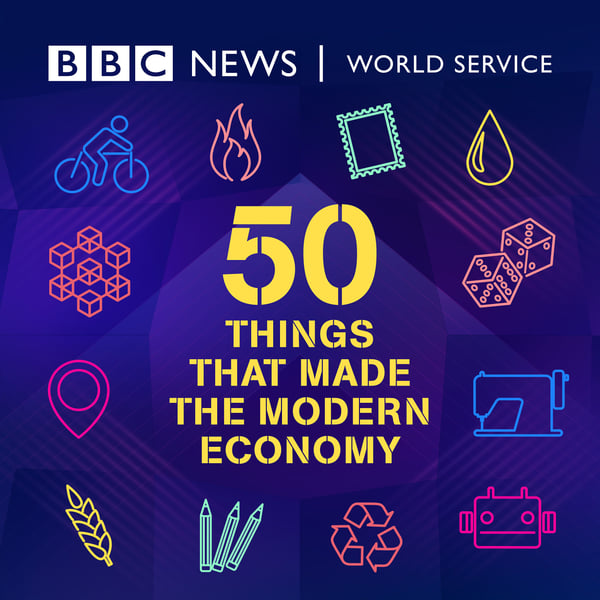Gyroscope
50 Things That Made the Modern Economy
BBC
4.8 • 2.6K Ratings
🗓️ 8 April 2019
⏱️ 9 minutes
🧾️ Download transcript
Summary
Transcript
Click on a timestamp to play from that location
| 0:00.0 | It was October 3rd, 1744. A storm was brewing in the English Channel. With sails set |
| 0:25.0 | for home after chasing a French fleet off the coast of Portugal, a squadron of |
| 0:29.8 | English warships led by Admiral Sir John Balkan was heading straight for |
| 0:34.6 | trouble. We met with a hard gale of wind which tore all our sails and rigging |
| 0:41.0 | that we were obliged to submit to the mercy of the waves. That's the account of |
| 0:45.9 | one sailor who ship made it back to Harbour but only just. On the fourth we had |
| 0:52.4 | ten feet in our hold which made our condition very bad and the dread of death |
| 0:57.7 | appeared in every face for we momentarily expected to be swallowed up. |
| 1:04.7 | One ship was swallowed up. The flagship HMS victory commanded by Admiral Balkan |
| 1:12.4 | himself. It sank a hundred meters to the sea bed, 80 kilometers south of |
| 1:17.9 | Plymouth, taking with it 1100 men and so rumour had it quite a lot of Portuguese |
| 1:25.2 | gold bullion. |
| 1:31.8 | There the wreckage lay until a decade ago when treasure hunters located it. They were |
| 1:37.2 | hoping to find the gold but there was something else on board the ship that has |
| 1:41.7 | proved much more economically significant. The first known attempt to apply an |
| 1:47.9 | idea that's now used to guide everything from submarines to satellites, from |
| 1:52.7 | rovers on Mars to the phone in your pocket. The man behind that idea was John |
| 1:59.6 | Sirson and a year before the wreck had been invited on board a royal yacht near |
| 2:04.9 | London to explain it to two high ranking naval officers and an eminent |
| 2:10.2 | mathematician. Sirson was a sea captain, he was barely literate but he was an |
| 2:16.6 | ingenious mechanic as the gentleman's magazine later put it. His idea was |
| 2:22.5 | inspired by a child's toy, the spinning top. The problem he wanted to solve was |
... |
Please login to see the full transcript.
Disclaimer: The podcast and artwork embedded on this page are from BBC, and are the property of its owner and not affiliated with or endorsed by Tapesearch.
Generated transcripts are the property of BBC and are distributed freely under the Fair Use doctrine. Transcripts generated by Tapesearch are not guaranteed to be accurate.
Copyright © Tapesearch 2025.

